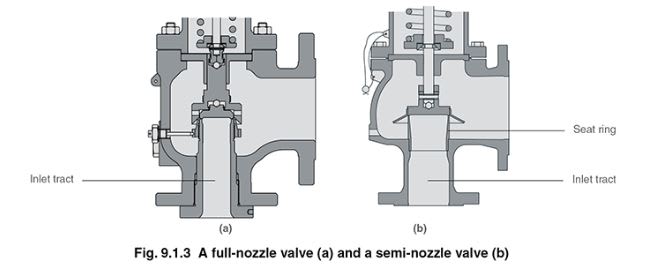aizat.mzaki
Mechanical
Dear All,
For PSV shell test as per ASME VIII Div 1, UG-136(d)(2) Hydrostatic Pressure Test specify to perform the test at 1.5 x design pressure of the part.
For PSV body, e.g. 900# inlet flange x 300# outlet flange, should we test it to the 900# or 300# rating for the shell test?
If we test it to 300# pressure, how do we prove the body can withstand 900# inlet pressure?
If we test it to 900# pressure, can the 300# outlet flange withstand the higher pressure?
Appreciate all the opinion and thanks a lot for the help.
Best Regards
For PSV shell test as per ASME VIII Div 1, UG-136(d)(2) Hydrostatic Pressure Test specify to perform the test at 1.5 x design pressure of the part.
For PSV body, e.g. 900# inlet flange x 300# outlet flange, should we test it to the 900# or 300# rating for the shell test?
If we test it to 300# pressure, how do we prove the body can withstand 900# inlet pressure?
If we test it to 900# pressure, can the 300# outlet flange withstand the higher pressure?
Appreciate all the opinion and thanks a lot for the help.
Best Regards


